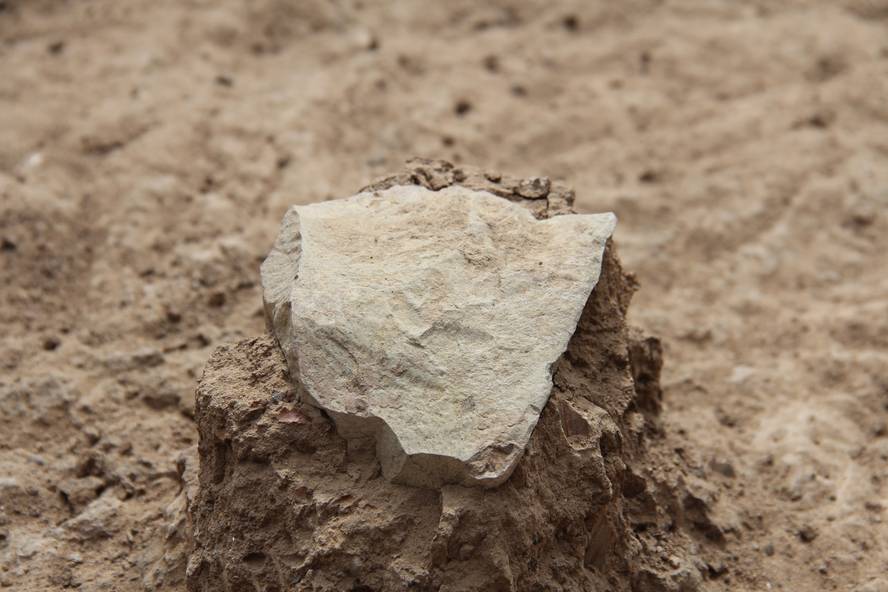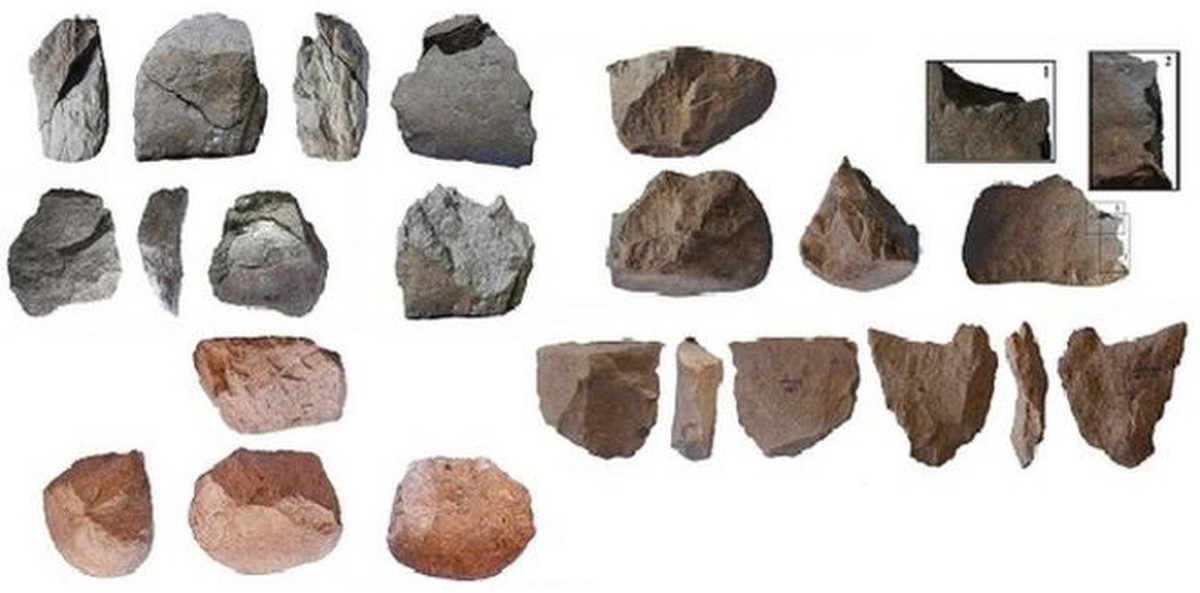Stone tools have been found before the genus Homo
The oldest stone instruments in history have been found in Kenya. They are 3.3 million years old, 700,000 more than previously known. Although they do not know what species they are made of, this discovery shows that hominids began to make tools much earlier than they imagined before the Homos appeared.
Until now, stone instruments were associated with the appearance of the genus Homo. The oldest known instruments were the 2.6 million years discovered in Gondola (Ethiopia). They were found next to the remains of the Homo habilis and belong to the Olduvan culture. Subsequently, the brands containing about 3.4 million animal bones found in Dika (Ethiopia) in 2010 provoked a debate. The examiners concluded that these marks were caused by a sharp stone instrument and, as they appeared near the remains of an Australopithecus child, suggested that the Australopithecans also manufactured tools. However, so far no such tools have been found.
Now, as they have published in Natura, in Kenya they have found about 150 pieces of 3.3 million years in the field of Lomekwi 3, near Lake Turkana. They do not know which species can be manufactured, but the only species of the time known in the area is the Kenyantrhropus platyops discovered in 1998.
Anvils, hammers, carved bowling and tools to obtain sharp edges have been found. They are more primitive instruments than the Olympians, but researchers claim that those who made them had a great grip and handling capacity. The shapes and markings of the tools show that they were used forcefully to hit and obtain cutting blades. However, researchers have suggested that the motor capabilities needed for these actions could be closer to those used today by primates to reduce nuts than those used to develop olduvana culture tools.







